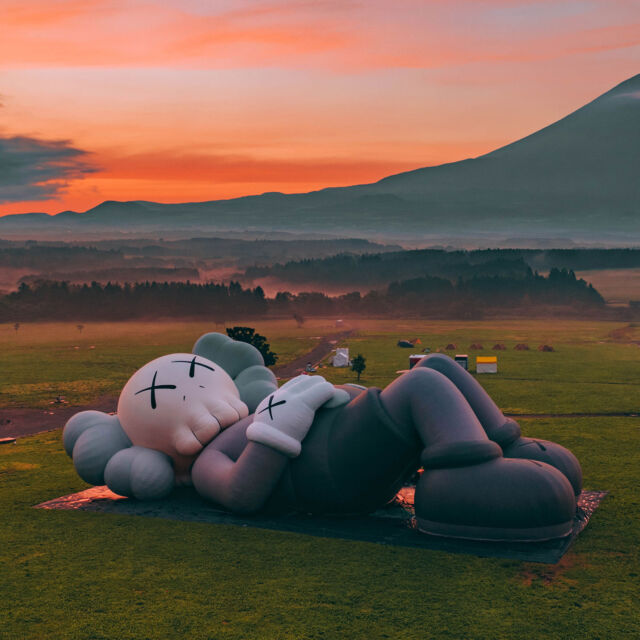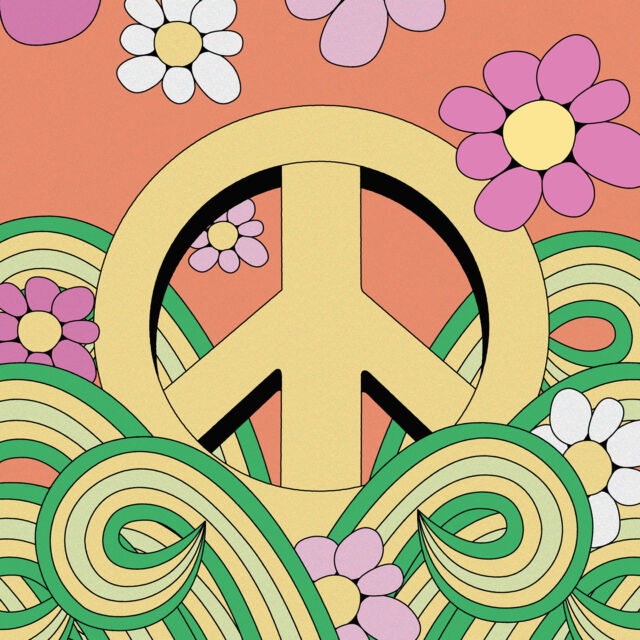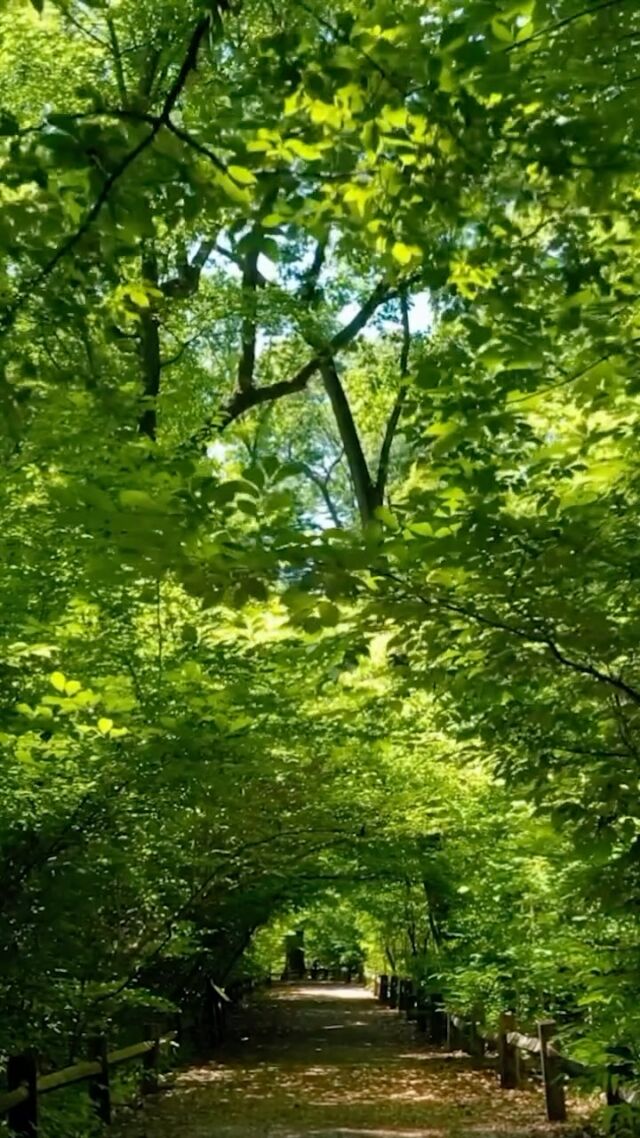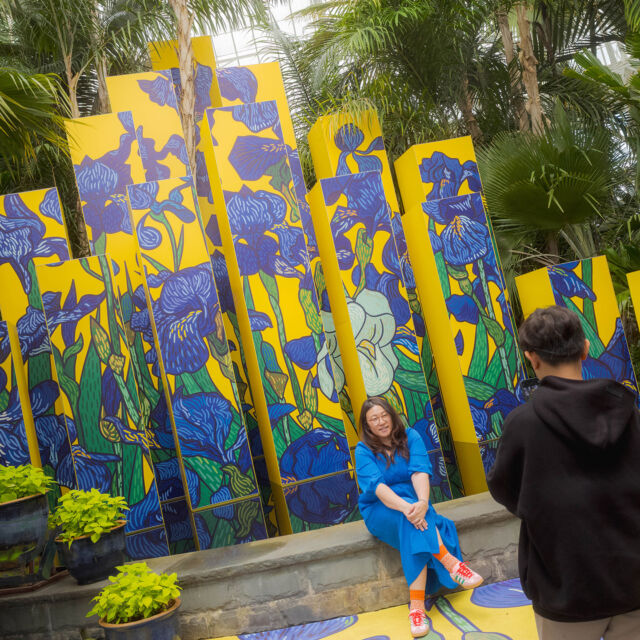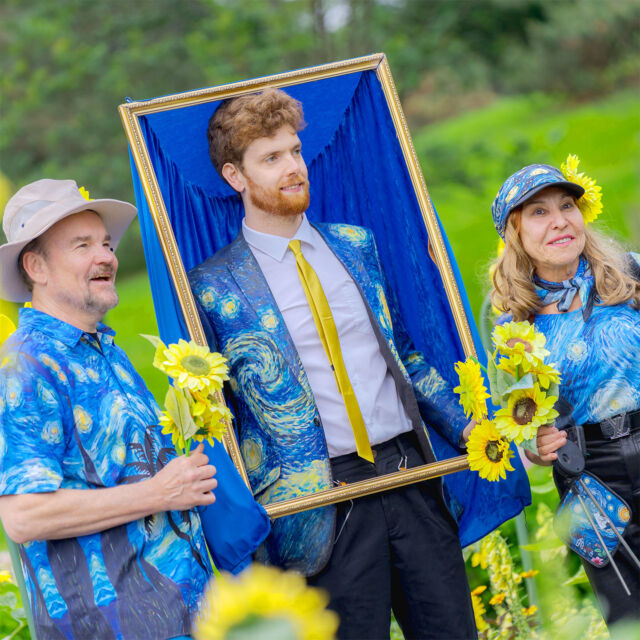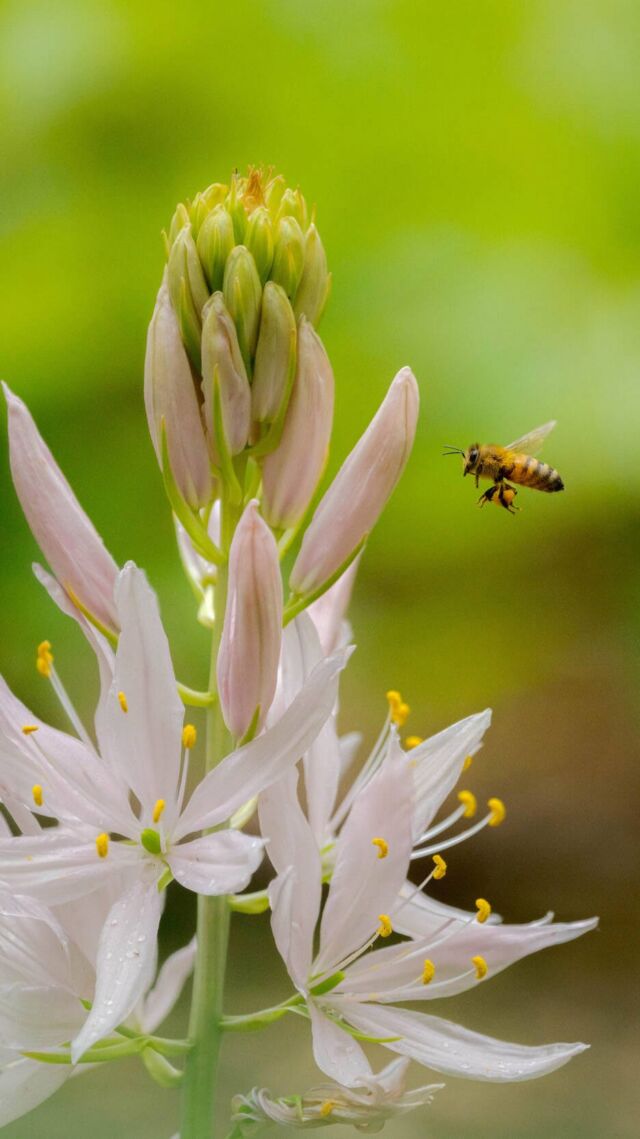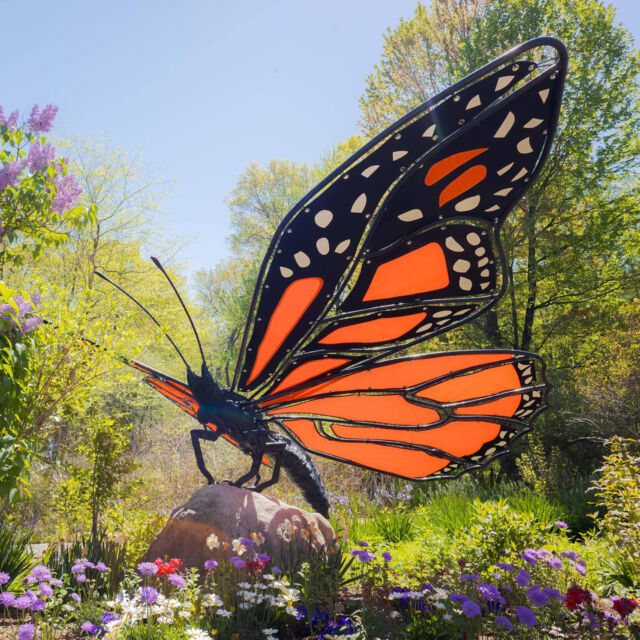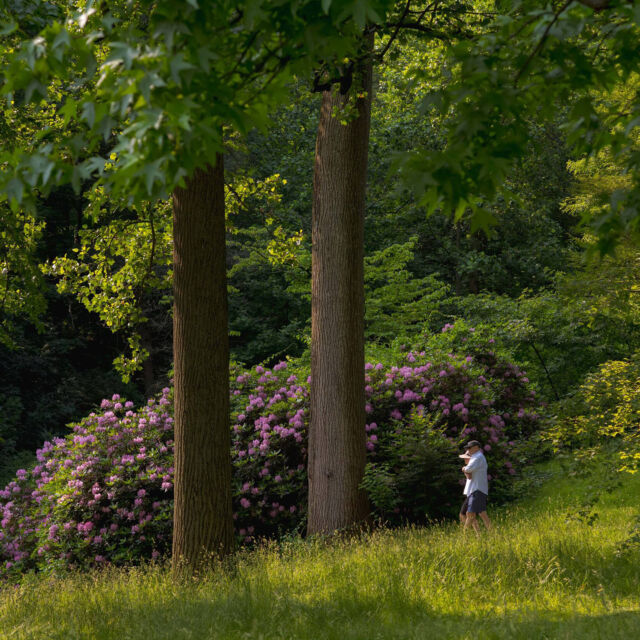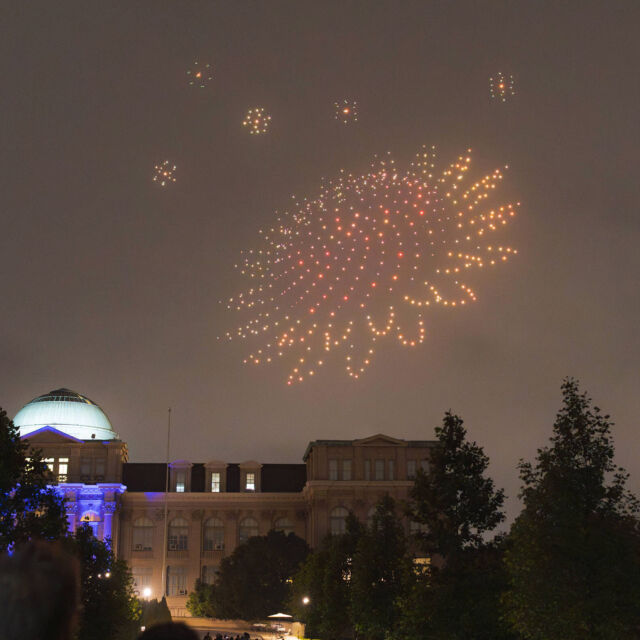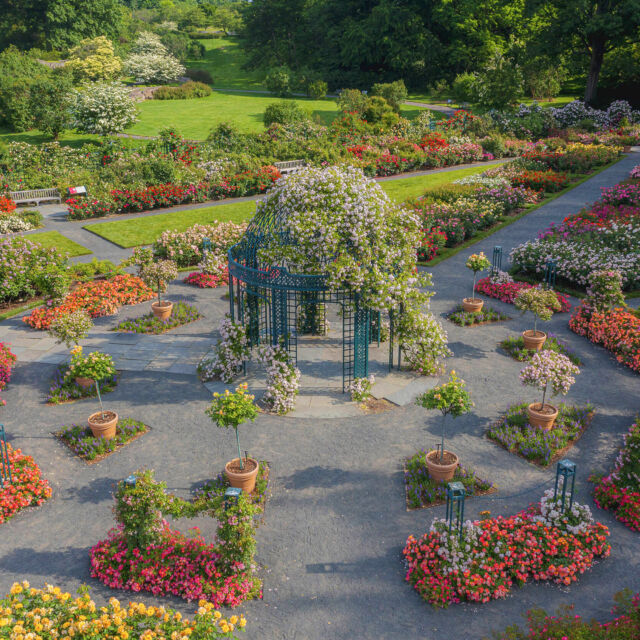A Tribute to Nancy Wallace, Fierce Advocate for the Bronx River
Todd Forrest is Arthur Ross Vice President for Horticulture and Living Collections at The New York Botanical Garden.
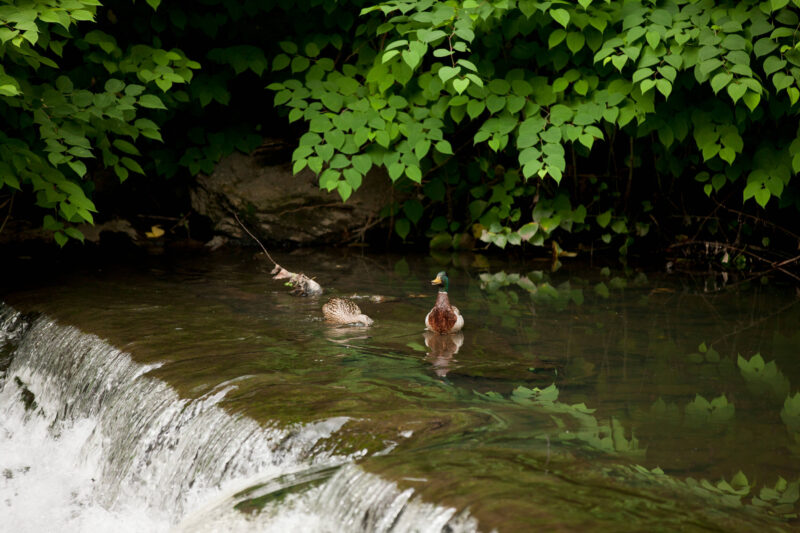
We at NYBG were saddened to hear of the recent passing of Nancy Wallace, who was a fierce advocate for the Bronx River and was instrumental in its ongoing transformation from open sewer to vibrant urban natural area.
Those of us who have floated the Bronx River on one of the Bronx River Alliance’s canoe trips; scanned its placid waters for wood ducks, herons, and other waterfowl; or celebrated the return of the American beaver to its banks in 2007 owe a debt of gratitude to Ms. Wallace, Anthony Bouza, Ruth Anderberg, José Serrano, and other visionary leaders who dedicated themselves to the river’s restoration from a symbol of urban environmental degradation to the robust natural area it is today.
The story of the Bronx River—which flows through the heart of the Botanical Garden, including the old-growth Thain Family Forest—is the story of urban nature. At the turn of the 19th century, it was celebrated for its clean, clear water and healthy trout populations. By the middle of the 1800s, the river was lined by dams that powered mills that produced lumber, bleach, and countless other industrial goods. These industries and the rapid growth of the region’s population in the late 19th and early 20th centuries caused serious pollution along the river’s entire 23-mile length from northern Westchester County to the East River. By the early 1970s, the Bronx River had become a symbol of the environmental decline of our cities. It was among the most polluted waterways in America.
In 1974, concerned citizens started the community-based Bronx River Restoration to begin to address the pollution in the river. In the early 1980s, Ms. Wallace, who lived in White Plains, lent her considerable talents to this organization, which ultimately became the Bronx River Alliance, a public/private partnership dedicated to cleaning up the river. Thanks to the commitment of these civic-minded individuals and organizations, the transformation of the river has been nothing short of miraculous. Not long ago, an angler fishing in the Bronx River would have been just as likely to hook a tire or shopping cart as a fish. Today, the river teems with life.
Unfortunately, the work of restoring the Bronx River is not complete. While some of the most egregious forms of pollution have been curtailed, water quality in the river is often low. On the afternoon of August 31, 2022, dissolved oxygen in the river dropped to zero, leading to an extensive fish kill. After heavy rainstorms, large quantities of “floatable” trash settle on the river banks or emerge at its mouth at the East River. Although not as easily observed as the previous examples of pollution, the river is continuously plagued by high concentrations of nutrients that come from fertilizer, pet waste, and other sources in towns that are within the watershed but not necessarily along the river’s banks.
How would Ms. Wallace address these quiet but persistent threats to the health of the Bronx River? I am guessing she would bring people together to understand the problem and then encourage everyone to act swiftly and decisively to address it. This is exactly what NYBG hopes to do with its new Bronx River Watershed Health and Resilience Program, which emerged from the strategic planning process we completed last year. The goal of this program is to leverage NYBG’s relationships and its scientific, educational, and horticultural expertise to support and amplify the work of the Bronx River Alliance, New York City Department of Parks and Recreation, Westchester County Parks, the Natural Areas Conservancy, the Bronx River Parkway Reservation Conservancy, and other groups that have been working hard on behalf of the river for decades. Together, we can ensure that everyone within the nearly 60-square-mile Bronx River watershed understands that the health of the river depends on them.
More than 20 percent of NYBG’s visitors and its Member households live within the Bronx River watershed. We look forward to working with this community—our community—to address the persistent and ongoing environmental threats to the Bronx River. In doing so, we will all be doing our part to help solve the dual climate and biodiversity crises that are already beginning to undo the remarkable work of early environmentalists such as Ms. Wallace. The NYBG community has the opportunity and the responsibility to follow Ms. Wallace’s lead and do everything we can to preserve and enhance the resilient and remarkable nature found all around where we live and work.
SUBSCRIBE
Enter your email address to subscribe to this blog and receive updates on new posts.
